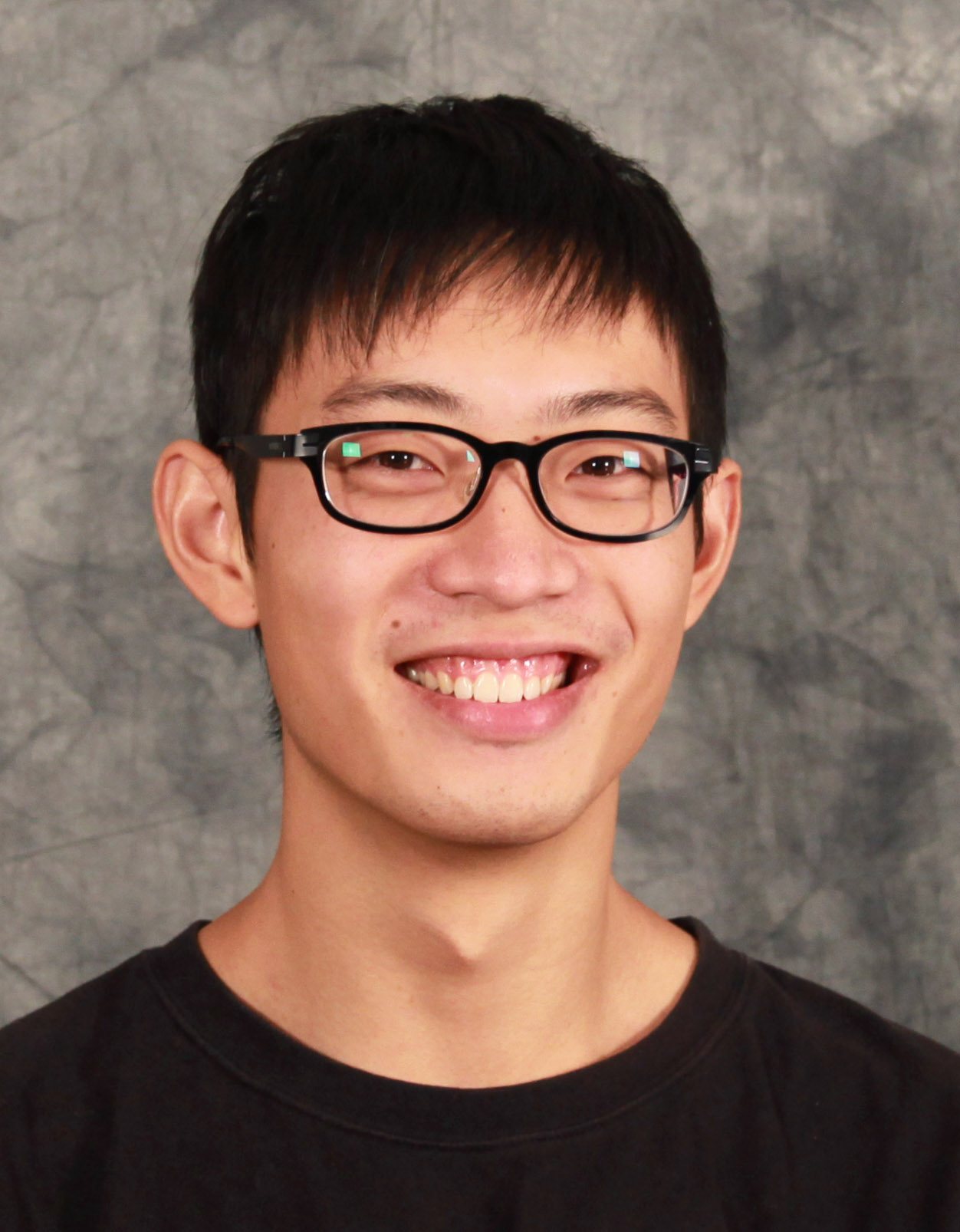
Yao-Lun Yang
I am a PhD student at UT-Austin, studying star formation in mostly infrared and radio wavelength. Learn more about me at here.

I am a PhD student at UT-Austin, studying star formation in mostly infrared and radio wavelength. Learn more about me at here.
I am a PhD student in Astronomy at University of Texas at Austin, working with Neal Evans and Joel Green (currently at STSci). I earned my bachelor's degree in physics from National Taiwan University, where I worked with Ciska Kemper (ASIAA) on molecular hydrogen found in the diffuse clouds at Large Megallenic Cloud.
Currently, I am interested in the early stage star formation in our galaxy, and their interaction with the environment. I am involved in the Herschel Protostars Archive, which combines the data products of DIGIT, FOOSH, and COPS programs with customized reductions, as an active member developing automatic line fitting routine that finds ~20000 lines in total. With Herschel best probing the interaction of outflow with envelope in embedded protostars environment, I demonstrate the method of modeling SED from Spitzer and Herschel with 3-D radiative transfer (Hyperion, Robitaille 2011) to understand the underlying envelope structure in BHR71. With sound speed measurements, this method has the potential to reveal the time evolution of star formation at its early stage.
Archive of Protostellar Sources with Advanced Calibration and Line Fitting
In the collaboration with Joel Green and Neal Evans, we reduced the data taken by DIGIT, FOOSH, and COPS Herschel programs with advanced correction, such as jitter correction and extended source correction. Moreover, I have applied an automatic line fitting routine to all sources in this archive, producing almost 20000 lines in total. The line fitting code is written in IDL, and can be found in my github repository. Please see our products and detail document at the buttons below.
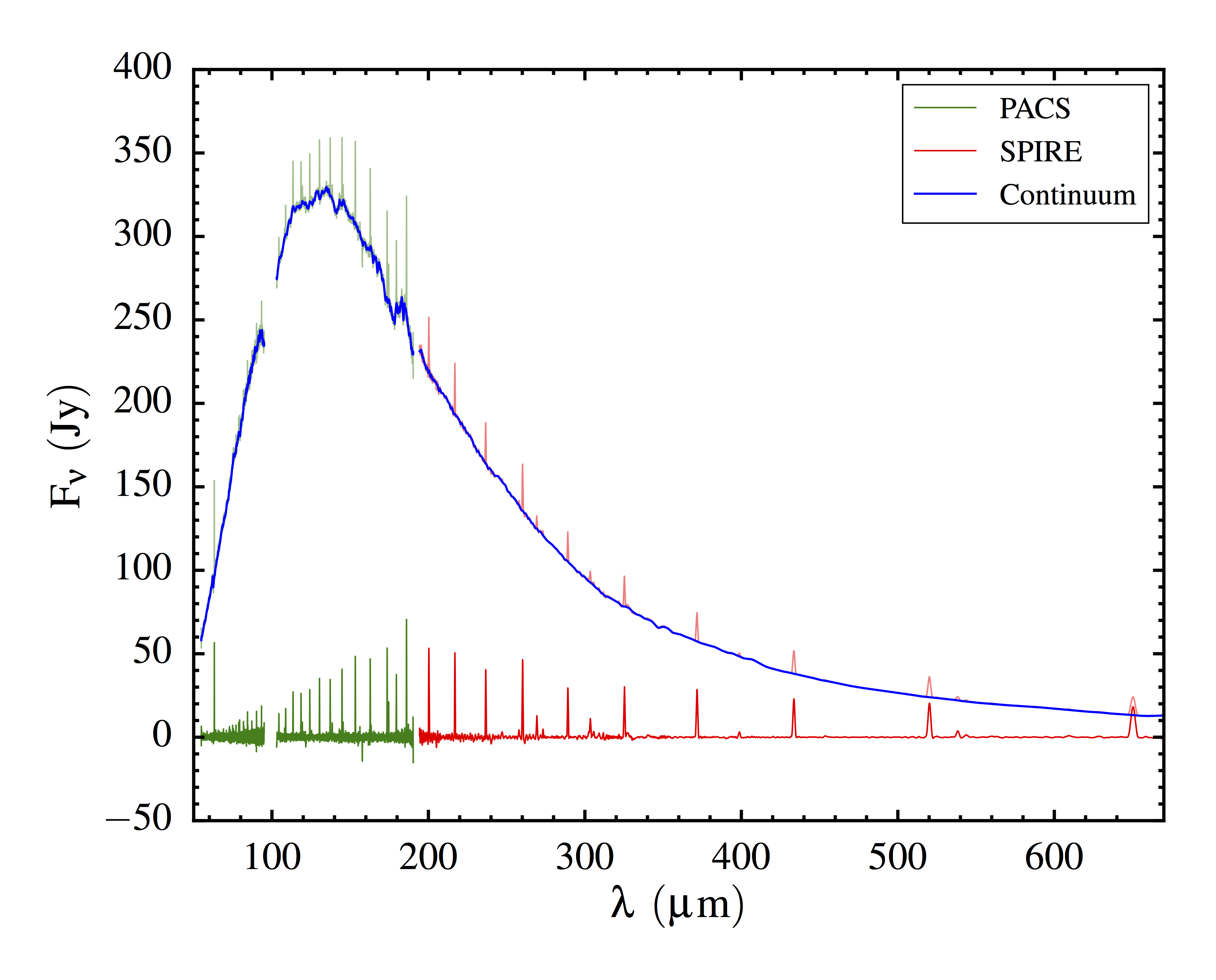
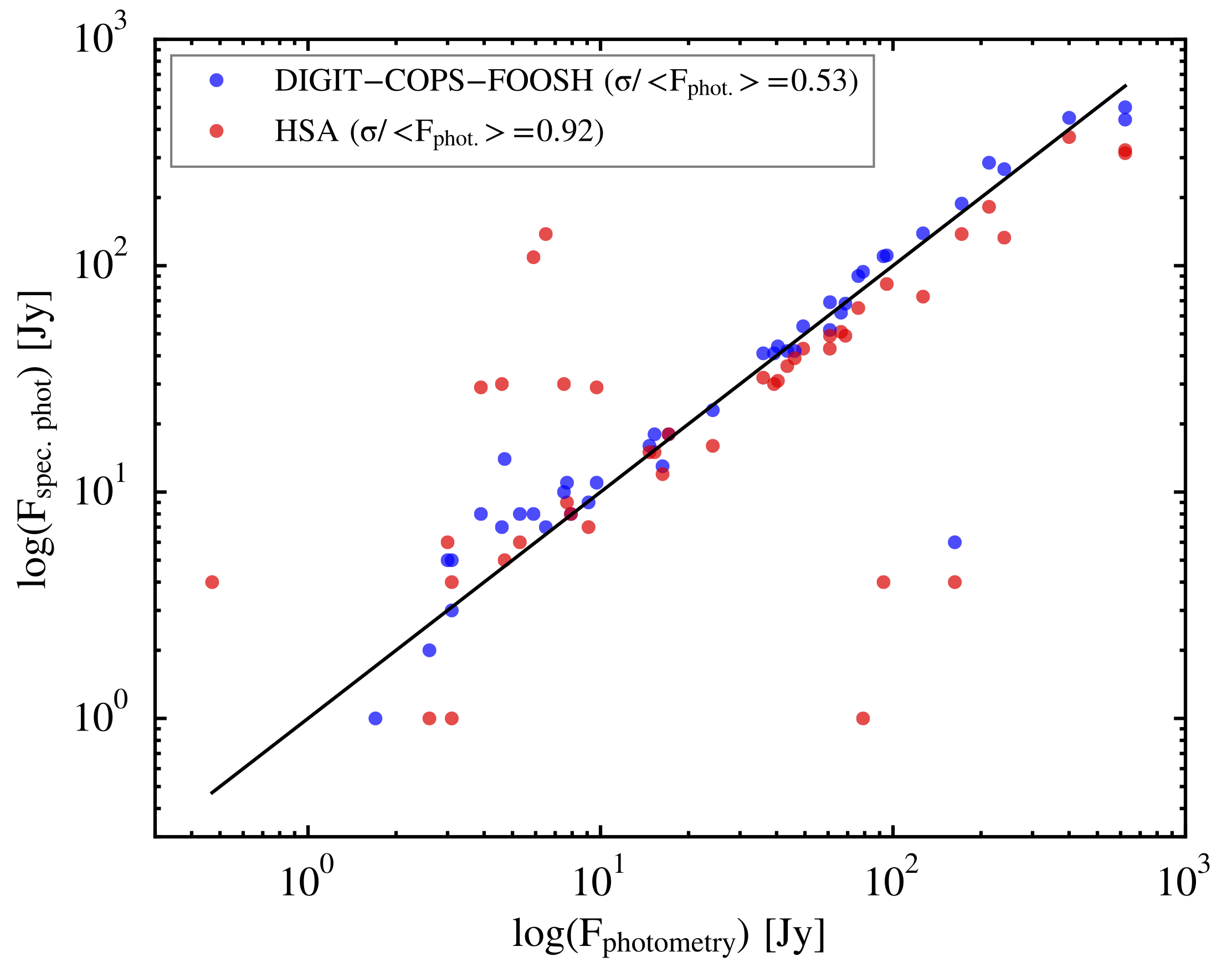
Left (Top): One of the features of this archive is the high-quality line-free continuum and flat spectrum. With the automatic line fitting routine, we are able to remove all fitted lines and produce line-free continuum, which is useful for further SED modeling.
Right (Bottom): This figure shows that our spectral products have about 40% better flux calibration to the photometry than the original Herschel Science Archive.
Modeling the Herschel and Spitzer Spectra
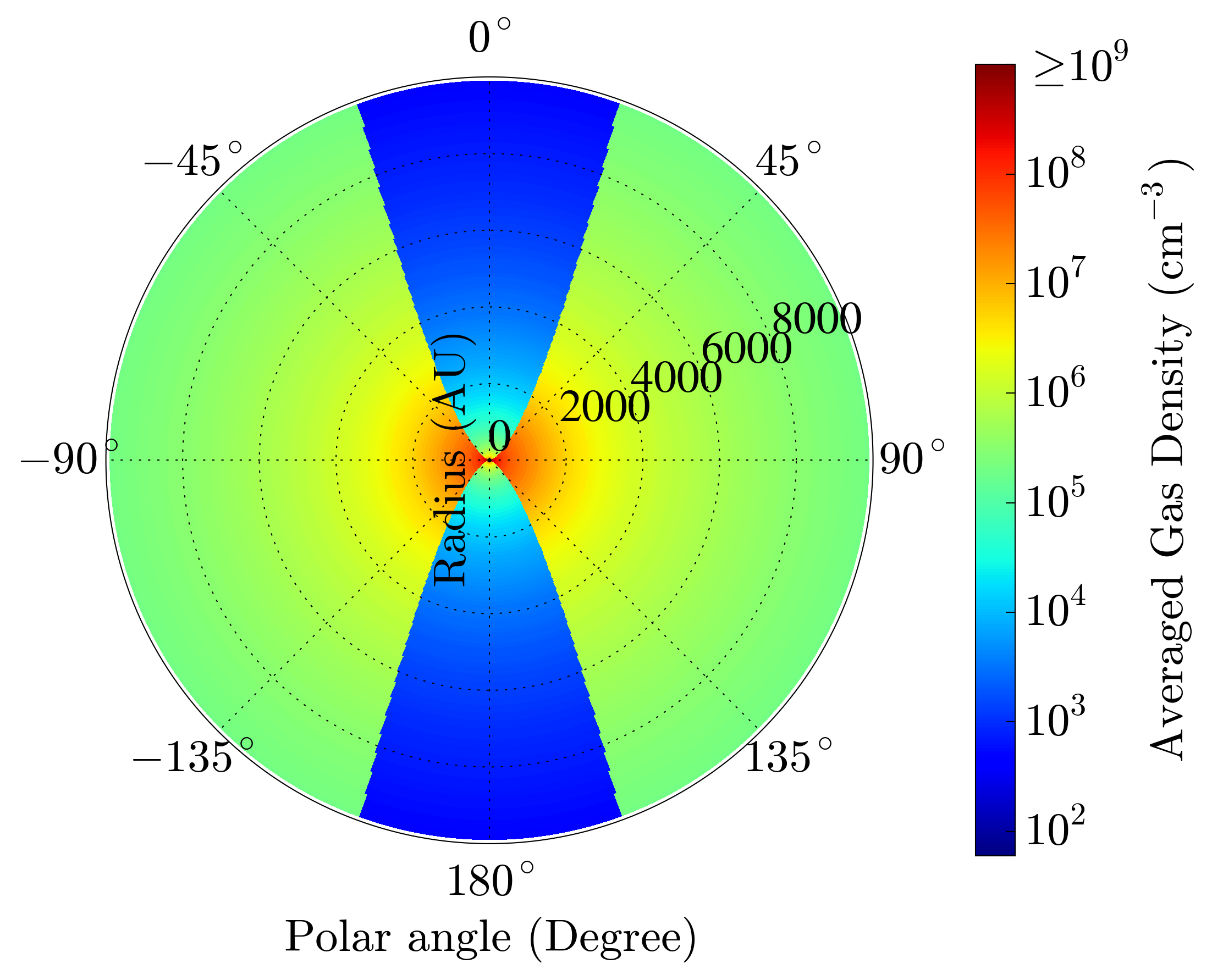
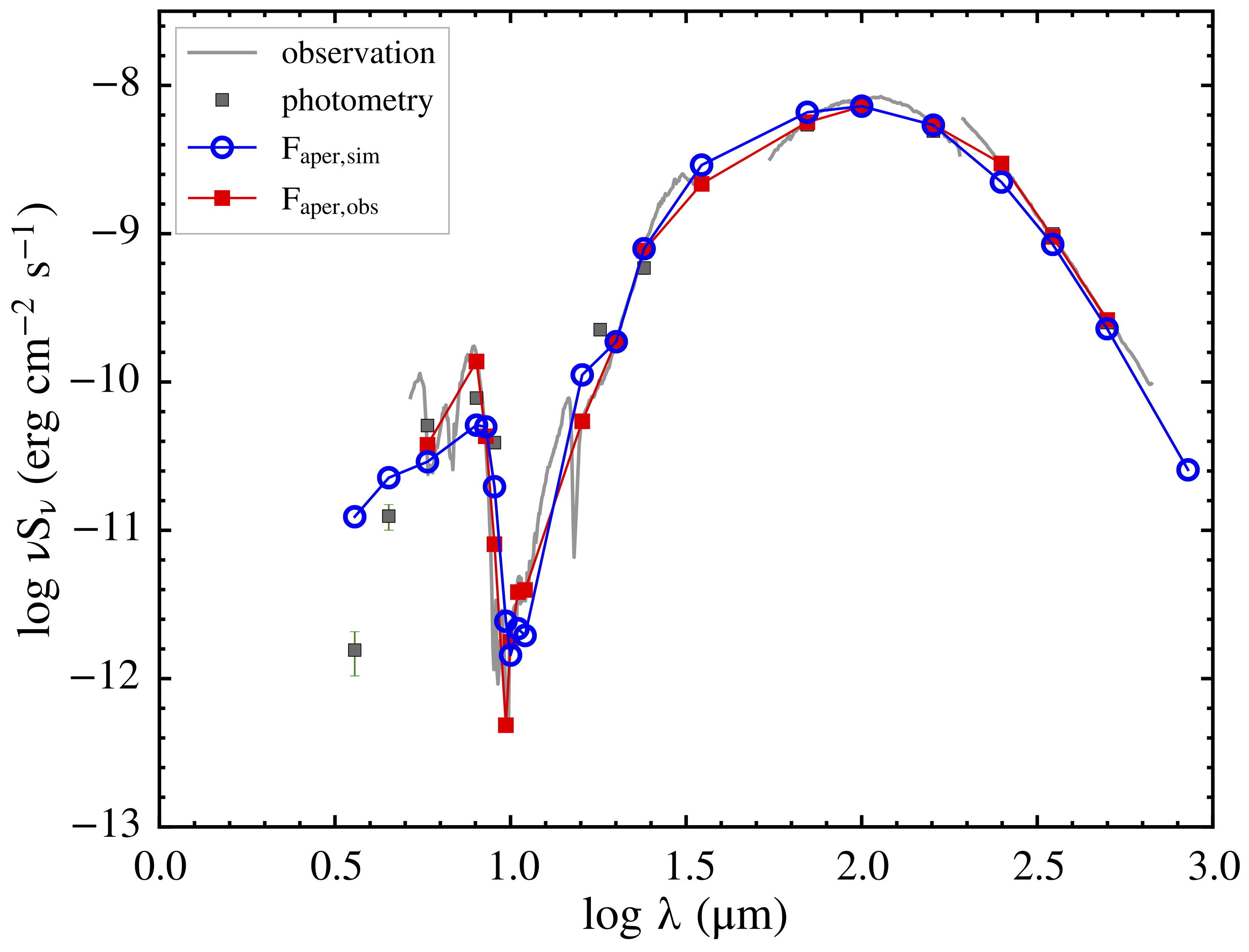
Protostars embedded within their envelope in the early stage, preventing them being directly observed and studied. I demonstrate the approach of using 3-D radiative transfer simulation to understand the underlying structure of an embedded protostars, BHR71. The observed SED can be successfully fitted by structures of rotating collapse envelope, disk, and outflow cavity. I found BHR71 can be best fitted with an envelope with age of 26000 years and sound speed of 0.38 km/s. The best fit model requires a constant density region at the inner region of outflow cavity.
Education:
2018 Ph.D, Astronomy, The University of Texas at Austin
2012 B.S, Physics, National Taiwan University
Research Interest:
Star Formation / Protostellar Outflows / Interstellar Medium
Tap dancing since 2007